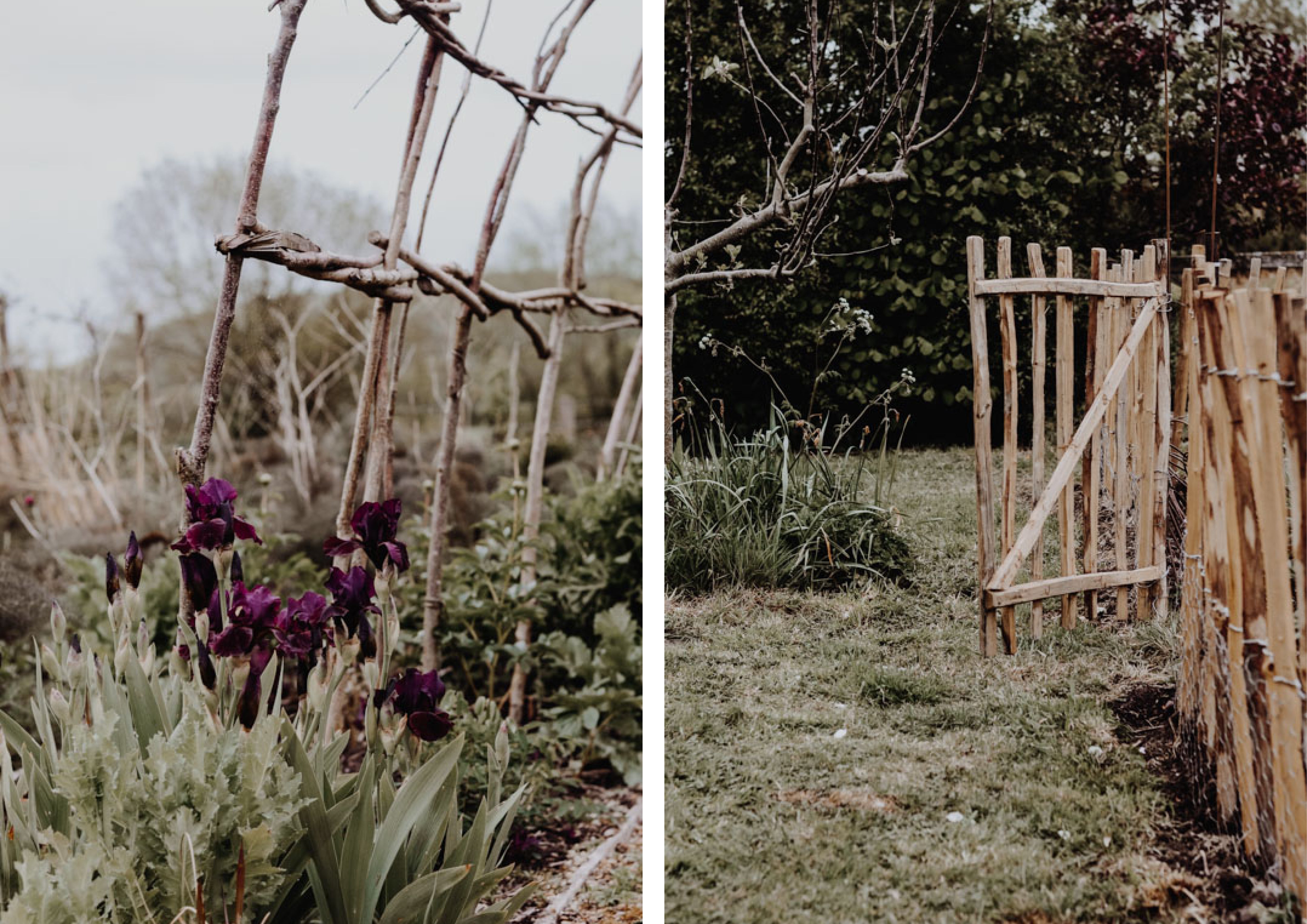
Psychologist and seedmonger Grace Alexander grows and collects seeds from her cottage garden in Somerset. Each seed pack is filled with life, colour and texture, and is guided by a wabi-sabi philosophy.
In bid to help wildlife thrive through planting pollen and nectar-rich flowers, Grace shares with us her tips and advice for rewilding; from preparing the soil and handling the seed, down to the watering and nurturing.
When I put together the Rewilding Collection, it was for us to grow something to support the communities of pollinators and wildlife in our environment, but that was then. The Somerset countryside around my cottage and my flower field carry on regardless of the current uncertainty that is unfolding in all of our lives. The blossom has blossomed and started to fall. The crab apples are smothered in bees. Corn poppies appear in the cracks in the courtyard and the crumpled tissue flowers emerge from hairy husks.
This Time to Make is therefore not an instruction manual on how to get the seeds to grow; they will pretty much do that anyway. It is about taking time to grow something and to invest in the future.

Prepare the ground
To start, you must prepare the ground. This is both a question of what you have, but also what you need. If you are feeling trapped, enclosed, shut down and rigid, you may need a wild space. Clear a few square metres amongst other plants, the rougher the soil is, the better.
If you are feeling fearful and at the mercy of too much beyond your control, you may want to choose a small plot. A Belfast sink maybe, a raised bed. At a push, a pot in a courtyard or on a townhouse balcony. Something manageable that you can touch and hold, a container or a neat square perhaps. Fill it with compost (if you have any), but if you are planting wildflowers, they are adapted to hardship, so they will not thank you for the nutrition. Instead, mix your compost with grit and take your time mixing it. Good compost has the same effect of a well baked loaf of bread in your hands; it is a medium of nourishment, growth and sustenance. If you need more order and control in your life, you could try to sow in straight lines. Make a drill in the compost, a little trench about a cm deep, in the surface of the compost.

The Seeds
Never tip the seeds straight from the packet into the ground. There will be thousands of them and you won't be able to control how they fall. You will end up with patches of overcrowding and everywhere else will be bare. Each seed is different, filled with life, and like people they adapt. They all have different intentions and desires. The daucus carota are rough, covered in tiny hooks, ready to catch on to any passing animal. In the autumn, I cannot go out to the field in anything woollen, the seeds stick to me like Velcro and have to be picked off one by one. The ox eye daisy seeds move differently, they are dust like, with a green grassy sheen. One puff of wind and they would be dispersed. They have a soft scent of pollen. Cornflower seed is a fuselage shaped, with a little propeller. They are made for flying on the late summer breeze, for travel and for making the most of following winds.

Sowing
With the seed in the palm of your hand, take a pinch. Like pepper. If you are sowing in drills, sprinkle a little along the little trench you have made. A few seeds every inch. You can always thin later. Gently pull the compost over the seeds, closing the trench over the top of them. Pat with the palm of your hand but do not press down, and don't forget to label.
For sowing wild, rough the surface of the soil that you are going to sow into. Chuck the seed on with abandon. Imagine how the wind disperses seed. You can be wild when sowing but not too generous, if you do it too fast then the seed will fall in clumps. A pinch at a time. Rake a little to make sure the seeds are a little covered, and that they are in contact with the soil, not just sitting on top. They need something to anchor their roots into when they germinate.


Water
Take your time when watering, and always water compost gently. You will need a watering can with a rose, otherwise all the seeds get washed around. Soil is more robust than compost and doesn't get moved about in the same way. If you have sown a very big area, one decent soaking after sowing can keep the emerging plants going for a while, but do not let them bake in the heat.
Any tending and nurturing you do from this point on is for you, not for them. I have all of these plants growing in the cracks of paths, in hoggin courtyards, in corners of the orchard in the grass. They are survivors and they are tough. They're ready to grow. But maybe, right now, caring for flowers is something we need to do. Maybe right now, we need nature far more than it needs us. It is full of abundance and hope.
For growing tips and advice, you can sign up to Grace Alexander's gardening journal. You can shop Grace's rewilding seed packets, curated for TOAST, here.

Add a comment